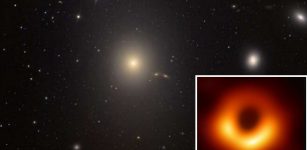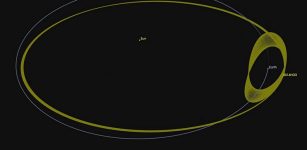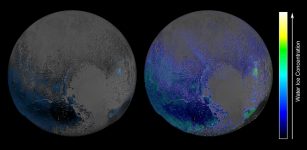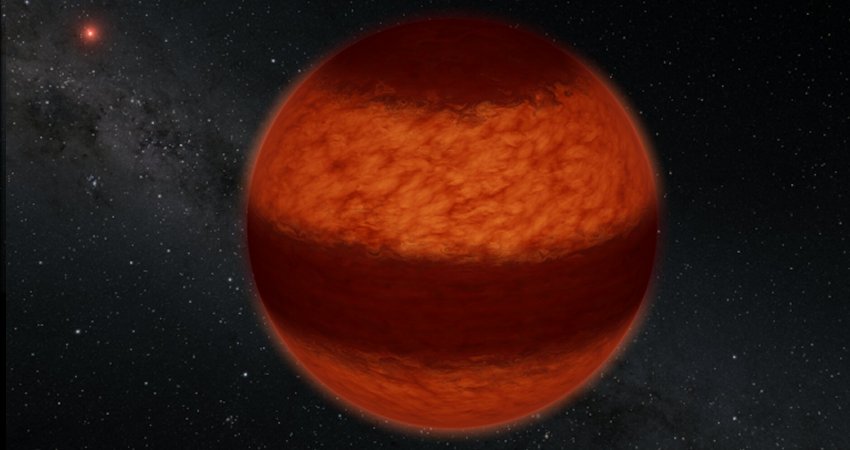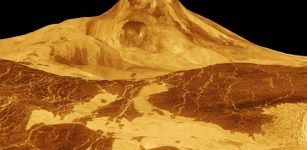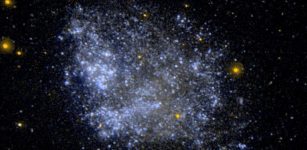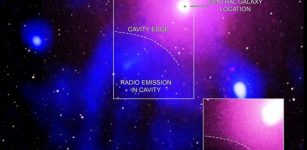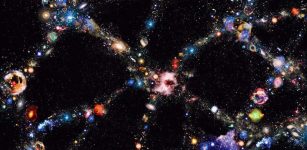Evidence Of Direct Formation Of Black Holes In Early Universe
Eddie Gonzales Jr. – MessageToEagle.com – Western astrophysicists have found evidence of the direct formation of black holes that do not need to emerge from a star remnant.
The discovery made by Physics & Astronomy professors Shantanu Basu and Arpan Das, is based on the simple assumption that supermassive black holes form quickly over short periods of time and then – suddenly – stop.
This explanation – for the observed distribution of supermassive black hole masses and luminosities – contrasts with the current understanding that stellar-mass black holes emerge when the center of a massive star collapses in upon itself.
“This is indirect observational evidence that black holes originate from direct-collapses and not from stellar remnants,” said Basu, an internationally recognized expert in the early stages of star formation and protoplanetary disk evolution.
Basu and Das developed the new mathematical model by calculating the mass function of supermassive black holes that form over a limited time period and undergo a rapid exponential growth of mass. The mass growth can be regulated by the Eddington limit that is set by a balance of radiation and gravitation forces or can even exceed it by a modest factor.
“Supermassive black holes only had a short time period where they were able to grow fast and then at some point, because of all the radiation in the universe created by other black holes and stars, then their production came to a halt,” Basu said. “That’s the direct-collapse scenario.”
During the last decade, numerous supermassive black holes, a billion times more massive than the Sun, have been discovered at high ‘redshifts,’ meaning they were in place in our universe within 800 million years after the Big Bang. The presence of these young and massive black holes question our understanding of black hole formation and growth.
The direct-collapse scenario allows for initial masses much greater than implied by the standard stellar remnant scenario, and can go a long way to explaining the observations. This new result provides evidence such direct-collapse black holes were produced in the early universe.
Basu believes that these new results can be used to infer the formation history of the extremely massive black holes that exist at early times in our universe and more work must be done to further prove their validity.
Written by Eddie Gonzales Jr. – MessageToEagle.com Staff


